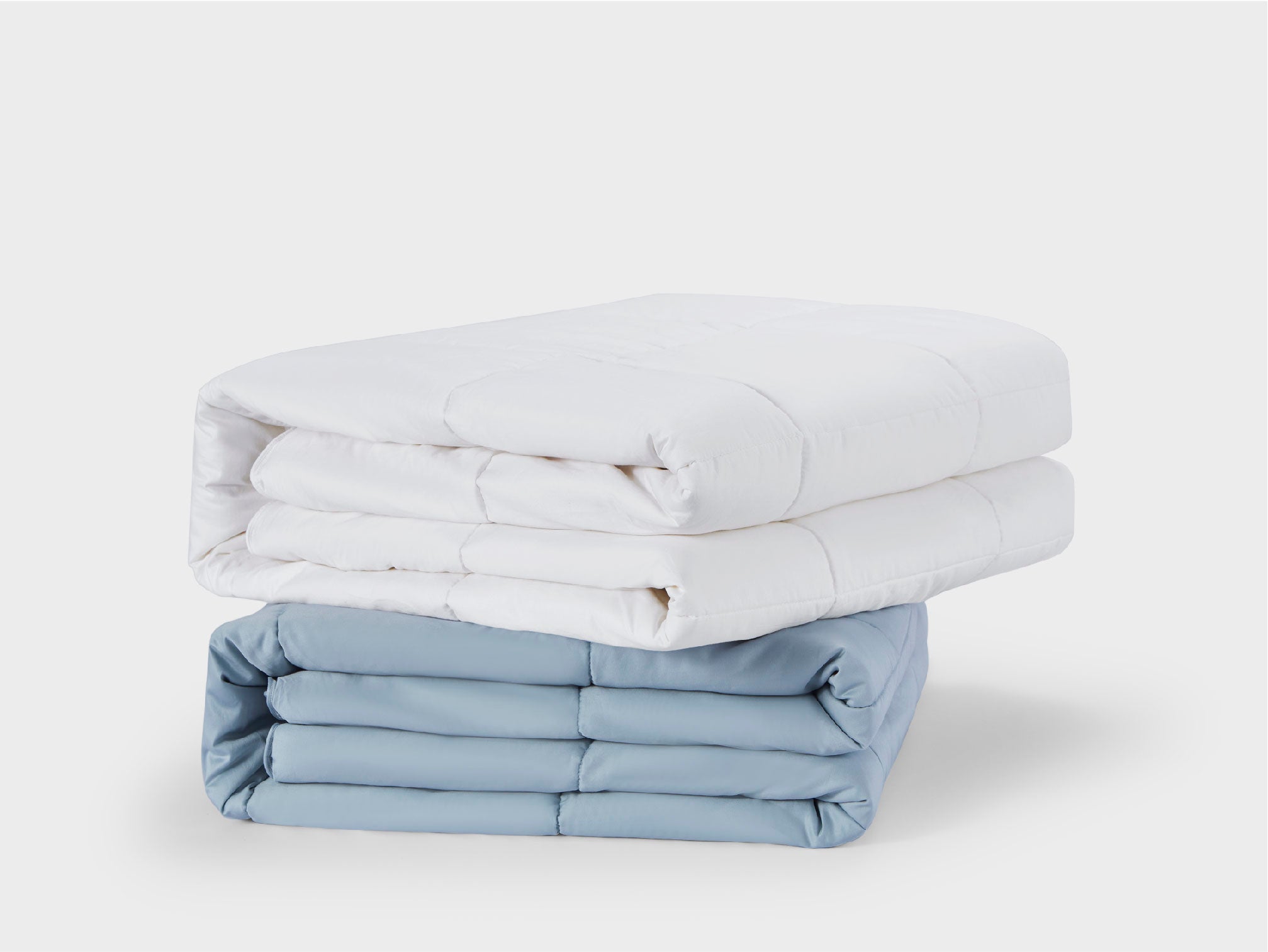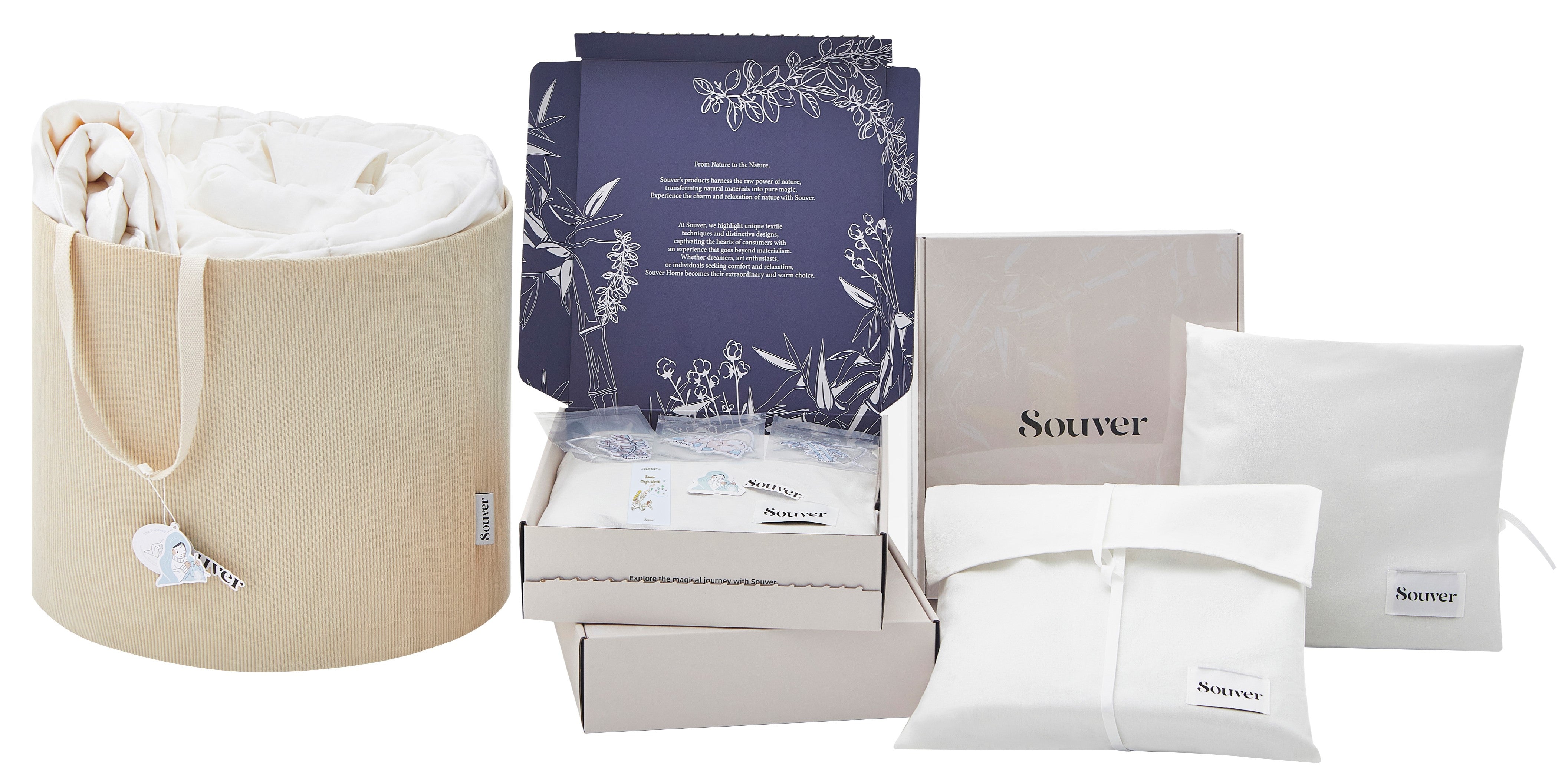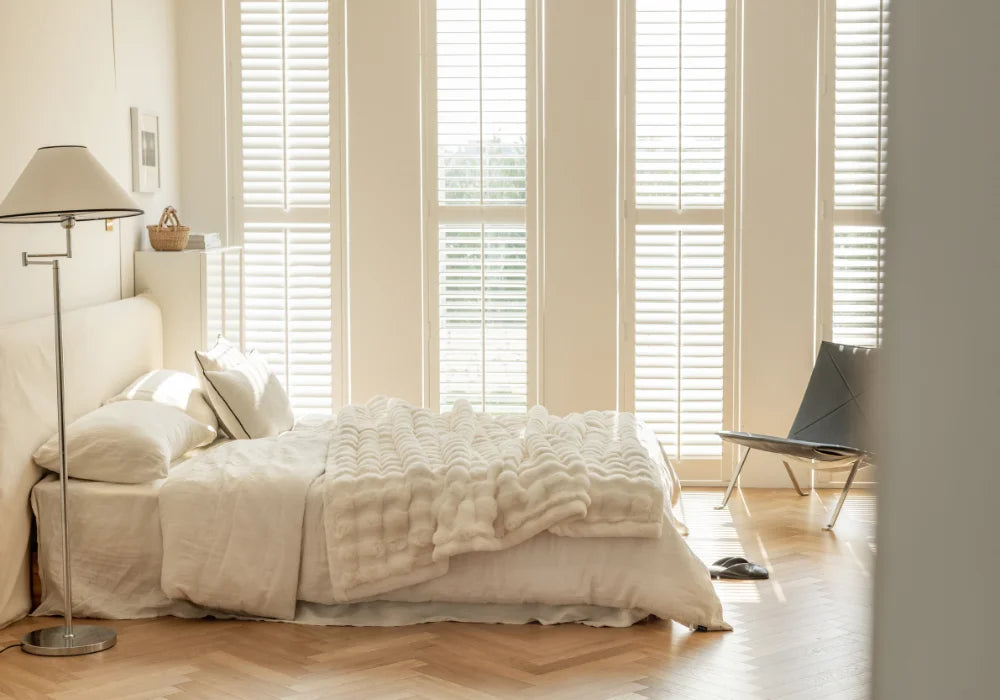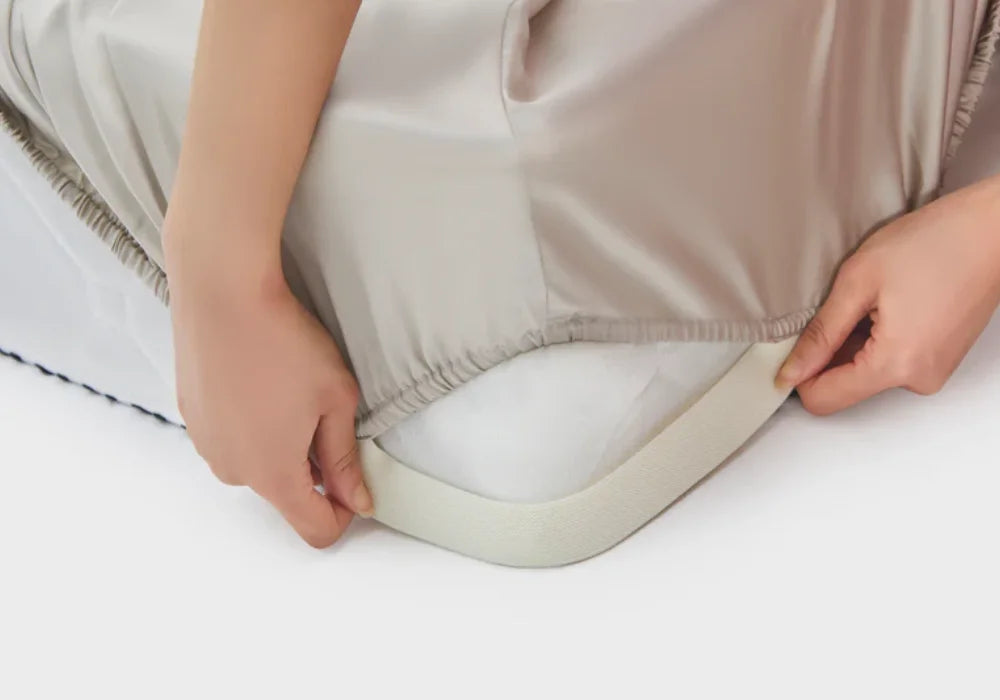Faux fur has become a popular alternative to real animal fur, offering the same luxurious look and feel without ethical concerns. This artificial fabric is crafted to mimic the softness, texture, and appearance of real fur, using synthetic materials instead of animal products. In this section, we'll explore what faux fur is, how it is made, and where it is commonly used.
What Is Faux Fur?
Faux fur is a synthetic fabric designed to imitate real animal fur. Unlike genuine fur, which is harvested from animals, faux fur is made from artificial fibers such as polyester, acrylic, or nylon. These materials are processed in ways that replicate the softness and texture of natural fur. Faux fur can be produced in various colors, patterns, and lengths, making it versatile and customizable for different uses.
As a cruelty-free alternative to real fur, faux fur offers a luxurious, fashionable look without the ethical implications. Its widespread popularity can be seen in a variety of applications, ranging from fashion to home décor.
Applications of Faux Fur
Faux Rabbit Fur Blanket
Faux rabbit fur is known for its incredibly soft texture, very similar to the natural smoothness of real rabbit fur. Faux rabbit fur blankets typically have a dense plush that feels incredibly soft to the touch, creating a cozy and inviting atmosphere. The fibers are finely woven to resemble the natural density and fine texture of rabbit fur, making them perfect for snuggling up during the colder months.
Check out Souver's best faux rabbit blankets to keep you warm during the winter.

Coats with Faux Fur
Faux fur has become a staple in outerwear, particularly in stylish coats and jackets. These garments offer the warmth and elegance of real fur but with a cruelty-free approach. The faux fur trim, collars, and linings have become fashion statements, providing a chic, luxurious aesthetic.
Synthetic Fur Jackets
Jackets made entirely from synthetic fur are perfect for adding an element of glamour to any wardrobe. These jackets are not only fashionable but also lightweight and comfortable, providing an alternative to heavier, real fur garments.
Synthetic Fur Rugs
Faux fur rugs are an excellent way to add texture, warmth, and visual appeal to any room. Available in a variety of colors and textures, synthetic fur rugs are perfect for creating a cozy, inviting atmosphere in living spaces.
Faux fur offers endless possibilities for stylish, ethical design in both fashion and home décor. Whether it's a statement piece in your wardrobe or a cozy addition to your home, faux fur brings elegance and comfort without compromising on values.
What is Faux Fur Made Of?
Faux fur, also known as synthetic or fake fur, is made from a blend of synthetic fibers designed to replicate the look and feel of real animal fur. Initially introduced in 1929, faux fur was first crafted using alpaca hair. Today, however, modern faux fur is primarily made from a variety of synthetic materials that mimic the softness, texture, and appearance of natural fur. Let’s take a closer look at the main materials used to create this luxurious fabric.
Faux Fur Fabric Materials
Bunny Faux Fur
Bunny faux fur is usually made from a blend of synthetic materials such as polyester, acrylic, and nylon. These fibers are processed to replicate the fine, silky texture of real rabbit fur. The pile is usually dense, and the fibers are short and fine, giving it a soft, smooth surface that mimics the natural look of rabbit fur. Some high-quality rabbit faux fur may also contain other materials such as modified acrylic to enhance its softness and durability.
Known for its ultra-soft, plush feel, it is a popular choice for high-end fashion, accessories, and home accessories such as pillows, blankets, and throws.
Despite its name, rabbit faux fur does not contain any animal products and is made entirely of synthetic fibers.

Acrylic Fur Fabric
Acrylic is one of the most common fibers used in faux fur production. Known for its softness, lightweight nature, and durability, acrylic mimics the feel of natural fur, often closely resembling the texture of animal pelts like lamb or rabbit fur. It is versatile and can be dyed in a wide range of colors.
Polyester Faux Fur
Polyester is another key material used in faux fur. It is affordable, highly durable, and can be processed into a variety of textures. Polyester faux fur is often used in garments, home décor, and accessories due to its resilience and ability to hold shape over time.
Faux Mink Material
Faux mink fur is designed to replicate the luxurious texture of mink fur. It is typically made from high-quality synthetic fibers, often a mix of polyester and acrylic, which result in a plush, soft texture that closely resembles the real thing. Faux mink is popular for use in fashion items such as coats, scarves, and throws.
Plush Fur Fabric
Plush fur is another synthetic fabric that gives a thick, velvety feel similar to the dense fur of animals like bears or wolves. It is used in both fashion and home décor items, offering an elegant touch to any piece.
Different Colours of Fake Fur
One of the most appealing aspects of faux fur is its versatility in color. Unlike real fur, which is limited by the natural pigmentation of animals, synthetic fur can be dyed in a wide spectrum of shades. Some popular colors include:
- Gray faux fur
- White fur faux
- Black, like black fake fur coat
- Green
- Pink fake fur, like the pink faux rabbit fur blanket
- Orange fake fur

Faux Fur vs Real
Telling fake fur from real fur can sometimes be tricky, but there are a few key ways to differentiate the two:
Feel the Texture:
Real fur typically has a more natural feel and may feel slightly rougher or uneven in texture, as it is made of individual animal hairs. Faux fur, on the other hand, tends to have a uniform texture throughout and is generally softer to the touch, as it is made from synthetic fibers like polyester or acrylic.
Look at the Base:
If you look closely at the base of real fur, you'll often see the hair follicles and natural skin texture. In contrast, faux fur has a fabric backing that may look smoother and more uniform. The tips of real fur hairs are often pointed and vary in length, while faux fur fibers usually have a consistent length and rounded tips.
Burn Test:
A very small and safe way to test fur is the burn test. Take a tiny piece of the fur (preferably from a hidden part) and burn it. Real fur will burn like hair, producing a smell similar to burning human hair and leaving behind small, hard beads. Faux fur, being synthetic, will melt and may produce a plastic-like odor, leaving a blackened, crispy residue.
Weight:
Real fur tends to be heavier due to its natural structure and density. Faux fur is generally lighter since it's made from synthetic fibers.
Read more: 7 Types of Blankets for your comfort and style in 2024
FAQ
What is Synthetic Fur
Synthetic fur is essentially the same thing as faux fur. Both terms refer to fur-like materials made from man-made fibers, designed to resemble real animal fur. Synthetic fur is typically made from polyester, acrylic, or nylon, which are chemically processed to replicate the softness, texture, and appearance of natural fur.
While both terms can be used interchangeably, synthetic fur is the broader category that includes any artificial fur material made from synthetic fibers, including faux fur. However, in common usage, "faux fur" is the more widely used term when referring to fur-like fabrics used for fashion and textiles.
Why is Faux Fur So Expensive?
The density, thickness, and softness of the fur impact the overall cost, resulting in a more expensive coat. While prices for faux fur vary, there are several factors that affect its cost:
- Material and manufacturing
- Density and thickness
- Customization and design
- Sustainability and ethical considerations
- Brand
Is Faux Fur Washable?
Yes, faux fur can usually be washed, but this depends on the specific material and the care instructions provided by the manufacturer. Here are some general guidelines:
- Machine wash with cold water and mild detergent.
- Use the gentle cycle and similar colors.
- Suitable for any dry cleaning method.
- Regular maintenance can be shaken or patted to remove dust
Is Bunny Faux Fur Ethical?
Yes, bunny faux fur is completely ethical and cruelty-free. whether bunny or otherwise—offers a compassionate alternative.
Read more about Souver bedding post:
Where can i buy a single queen sheet
Best fabric for sheets
Best deep pocket fitted sheets 2025








Leave a comment
This site is protected by hCaptcha and the hCaptcha Privacy Policy and Terms of Service apply.